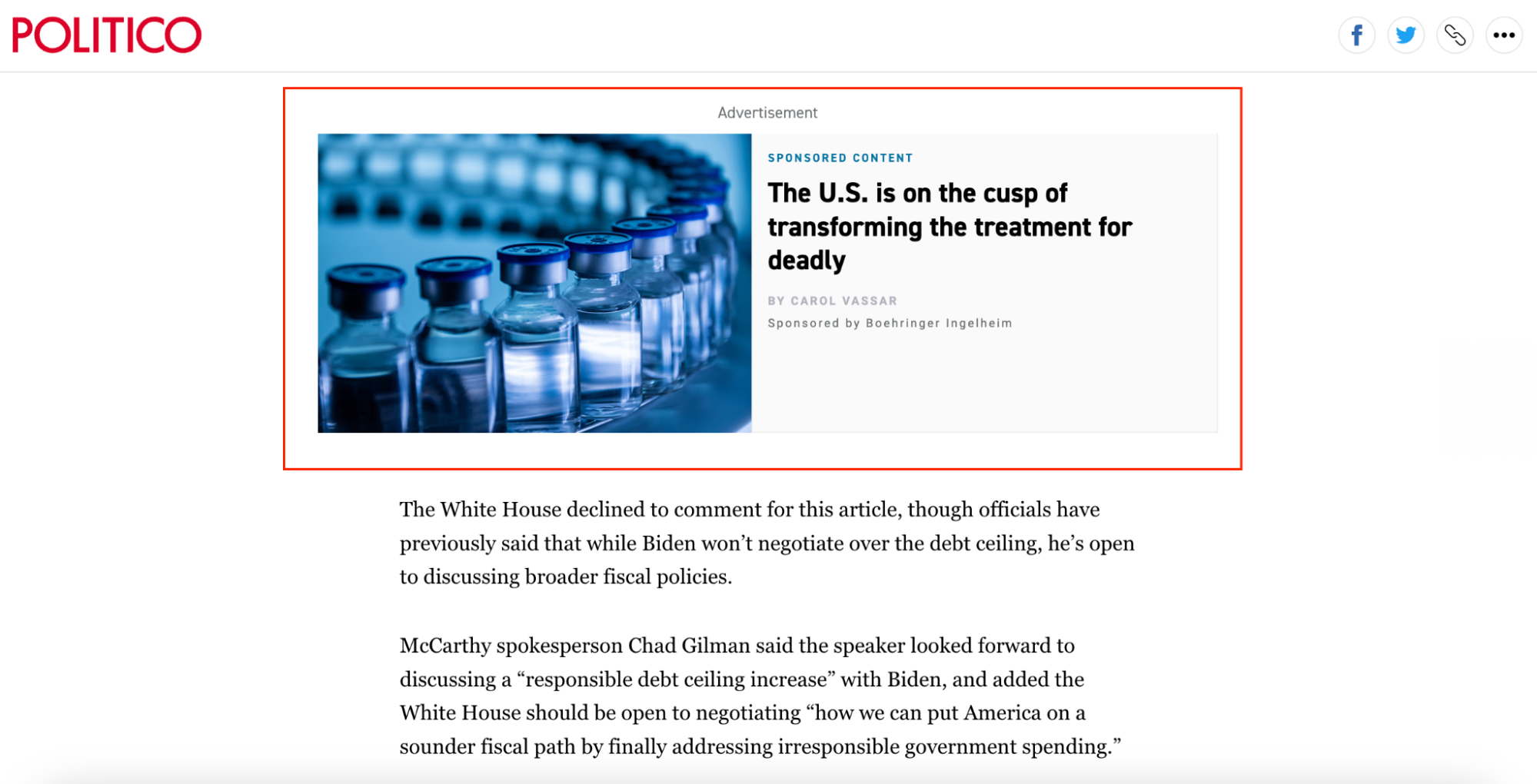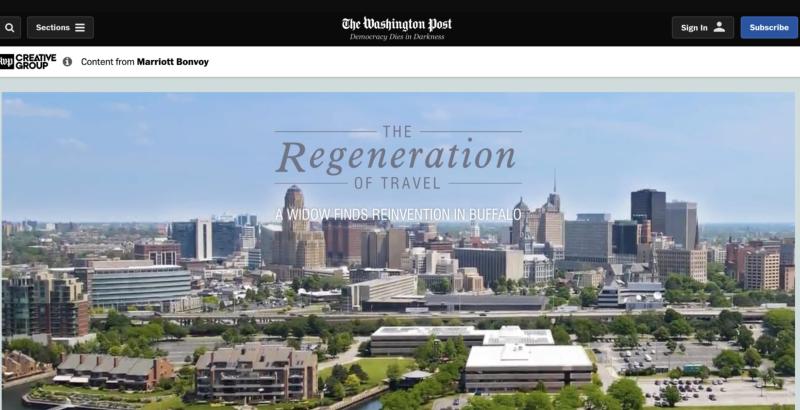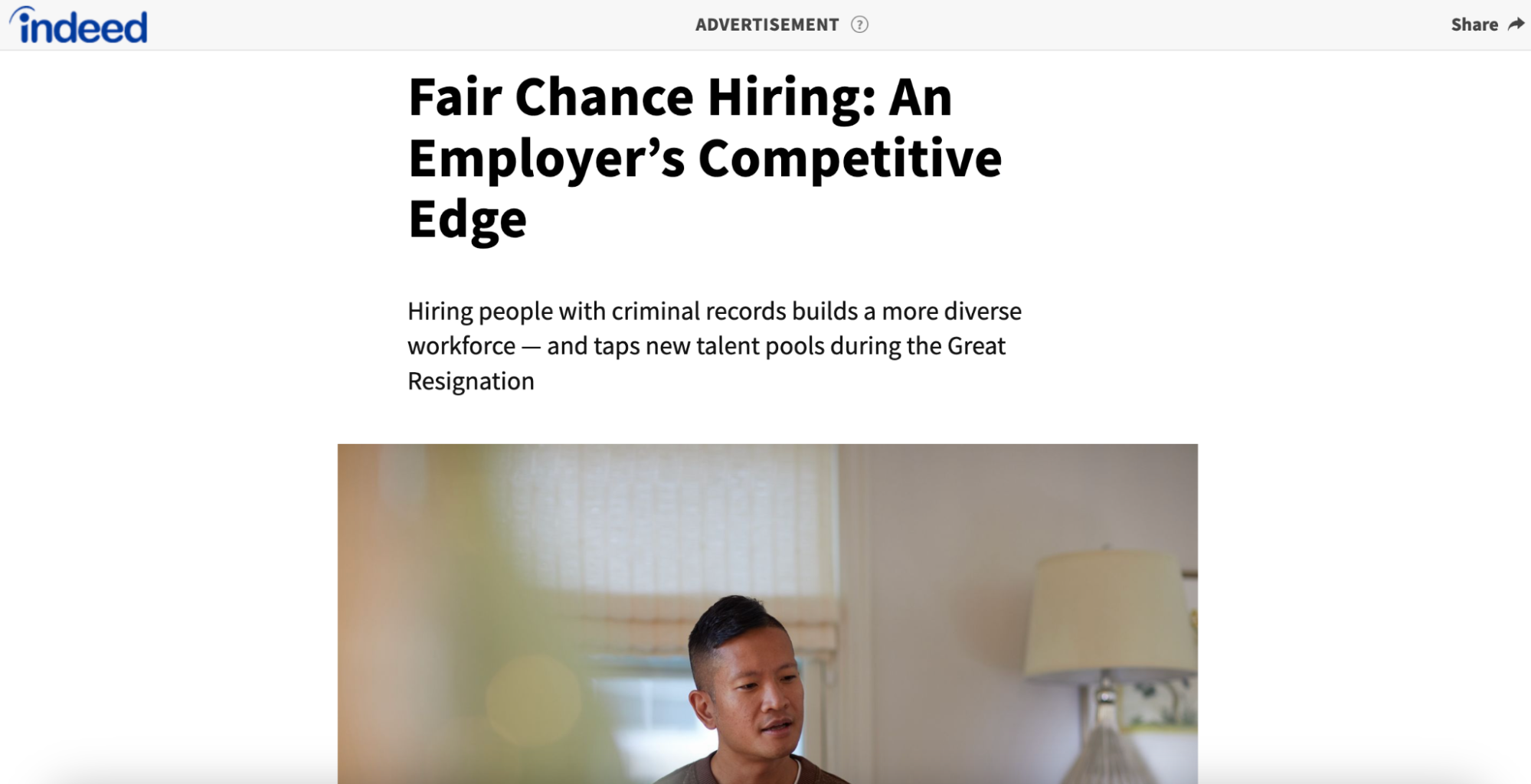 Details
Details
There has never been a need for more high-quality content than today. The rise of digital media has made it easier and cheaper for any brand or media owner to advertise online. When the barriers to entry are so low, poor-quality content comes to the surface.
The native advertising industry is no different. We have seen an increase in low-quality ads, some with clickbait tactics that don't produce real engagement and content that adds little or no value to users.
The push for more quality content is mainly being fueled by consumers who are becoming tech-savvy and demanding better user experiences. How can brands and publishers meet today’s user expectations?
Branded content is one of the answers. Quality branded content will drive genuine engagement by giving consumers what they want.
However, creating quality content isn't easy and many do it wrong.
Here, we'll give you examples of brands that are doing it right so you can use them as inspiration to improve your content strategy.
RELATED: What is native advertising? Get started here
What is branded content anyway?
There seems to be some confusion in our industry. Perhaps the biggest of all is the differentiation between native advertising and sponsored content, if there is any at all.
Simply put, branded content is any type of paid advertising that matches the look and feel of the content surrounding it.
Some publishers label sponsored content as branded content, which is a form of native advertising. Others label the native ads seen on recommendation widgets as “sponsored content”. All of this adds up to the already convoluted digital advertising ecosystem.

According to industry standards, there are three types of native ad formats: in-feed/in-content, recommendation widgets and branded content.
Branded content can be described as any piece of content-based paid advertising that gets promoted on a publisher's site.
For publishers, it's often an untapped additional revenue stream. But for a lot of brands, this type of paid promotion isn't the most budget-friendly option. In addition to the cost, it can take a lot of time and resources to create high-quality content that meets the publisher's requirements.
It’s often worth the investment. High-quality branded content gives advertisers the opportunity to get massive reach in a premium, brand-safe environment with high engagement. Storytelling and/or research-based branded content placed on a respected publisher’s site can influence audiences like almost no other form of digital advertising, including pre-roll.
Genuine engagement is the big promise when we talk about branded content as it is proven to be 22x more engaging than display ads. But placement matters a lot. When distributed through premium publishers, it sees a 50% higher brand lift compared to publishing the content on a brand’s own channels.
Three examples of great branded content

Marriott Bonvoy - Tell a good story
When we read something filled with facts, odds are we’ll forget most of them. But a good story can be remembered forever.
You probably already know storytelling is one of the most powerful marketing tactics that exist. This is because humans are wired to learn through stories. We've been programmed that way since childhood. That’s why you can still remember stories like Robin Hood and The Three Little Pigs.
Marriott Bonvoy seems to get this. In a beautiful branded content piece, the hotel rewards programme tells a story of a widow who built a deep connection with Buffalo, New York, a city she knew little about. A city with real people and real stories she could relate to. In telling Charlotte Simpson’s story, the article does a wonderful job of challenging our existing beliefs and demonstrating that travelling solo doesn't have to mean being alone.
This is a masterful piece of branded content, as it pulls many different strings at once to create an emotional connection with the main character and subsequently the brand. From finding new perspectives after a loss to reinforcing the importance of minority communities, there's an angle that almost anyone can relate to.
It's hard to not want to go to Buffalo and book a stay at the Marriott after reading this branded content. Even if you don't feel like travelling there, you've likely created an emotional affinity with the brand, which some would say is priceless.
Indeed - Pick a side
Often marketers tap into minorities or certain groups of people to expose an issue, amplify it and propose a solution. Some would call it "picking a side."
Picking a side is very powerful because you're speaking to a specific target audience and showing them that you understand their problems and concerns. Ultimately, that builds more trust and creates genuine engagement, which is something brands and publishers often struggle with.
For the job search engine Indeed, picking a side meant standing beside folks with criminal records who get overlooked in the job market. The headline of this effective piece of branded content perfectly frames the article’s purpose which is later backed up by data.
The article uses an "aha moment" as a turning point and it doesn’t just present facts; it proves them. The content relies on actual research to show how valuable these often marginalized people are to employers.
To address the scepticism, Indeed brilliantly presents a few stories from employers who have had success giving everyone a fair chance, thus keeping the headline's promise.
RELATED: Top 12: The best examples of native advertising in 2024

Boehringer Ingelheim - Bring the experts
The expert angle has been quite popular in the native advertising space. Many brands position their content as a piece of advice from one or multiple experts.
After all, people tend to trust expert advice and content marketers know that. This branded content article from pharmaceutical company Boehringer Ingelheim takes it a step further.
The article brings in the knowledge of three experts, which makes a lot of sense when explaining a complex subject such as biosimilars.
The experts’ knowledge is presented in an easy-to-read Q&A format. Q&As can be quite successful in addressing common objections or concerns users might have. Boehringer Ingelheim’s decision to use it as a top funnel activity is a testament to the versatility of the Q&A tactic.
In this case, we have a "2-punch combo" with the use of experts and the question/answer format. A great branded content example to keep it short and sweet.
Look beyond the tactics
If you take a deeper look at these examples, you'll see they use a number of different proven tactics, sometimes combined. Looking beyond the tactics, you’ll find that the core of their successful branded content is knowledge of their intended audience.
As the digital media space becomes more open, through the use of programmatic, online advertising is also becoming more of a one-to-one conversation. Above all, branded content needs to be relevant to the audience. Be certain of that first and then use some of the tactics laid out here to make it more appealing.
Buffalo, NY photo: kickstand/iStock






